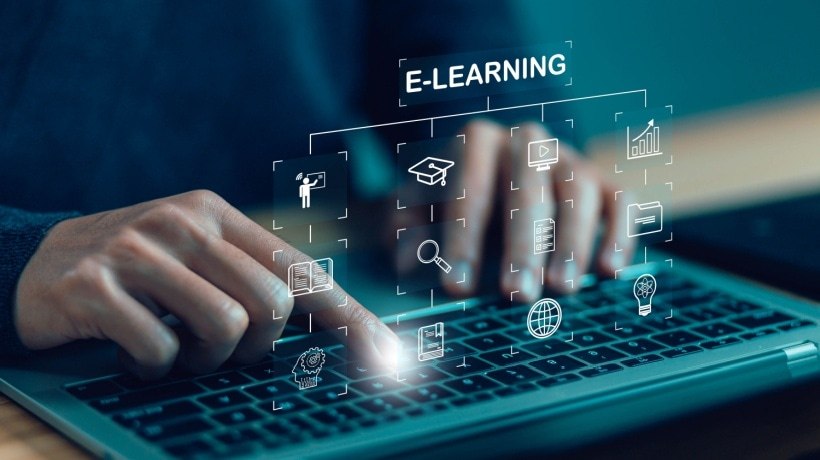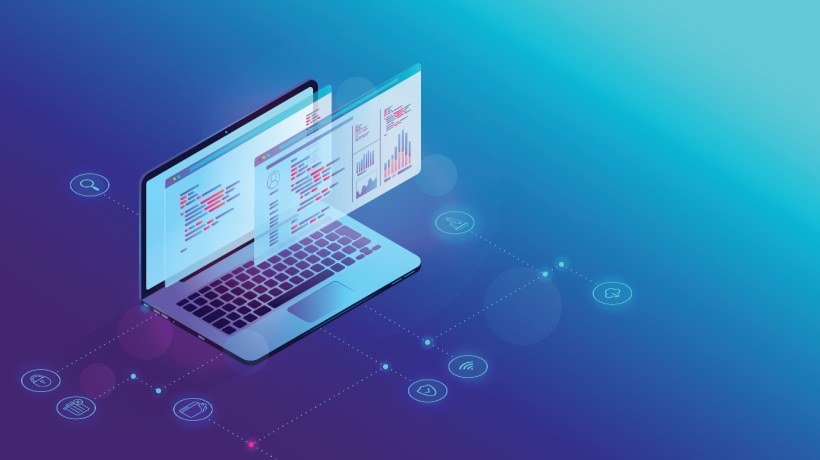eLearning As A Backbone of Capability: That Shift Matters
Pull up a chair, the future of workplace learning isn't a webinar with a weak poll question, it's an ecosystem that actually ties learning to performance. Say that at your next leadership meeting and watch the room change shape. eLearning has moved past novelty. It's no longer a "nice-to-have" shelf item for compliance. It's becoming the way organizations design capability, especially across dispersed teams in Sydney, Perth, and regional hubs. That shift of eLearning as a backbone matters because the business case for digital learning is now about productivity and resilience, not just cost savings.
The Case For Momentum
The World Economic Forum's Future of Jobs Report (2023) is blunt: by 2027, roughly 44% of workers' core skills are expected to change. That's not a whisper, it's a mandate. If you're not thinking about how to continually reskill people, you're accepting capability decay. eLearning as a backbone to workforce capability is the only scalable mechanism that can keep pace with that rate of change.
And Australia isn't immune. National data shows a persistent need for job related training and reskilling among our workforce. Organizations that treat learning as strategic are the ones that retain talent, and retain customers. We see this every time we run a blended program: engagement and business performance follow focus and investment.
What Modern eLearning Actually Looks Like
Good eLearning, that serves as a backbone to workforce reskilling, is not "recorded slide decks and quizzes." It's a deliberately layered system:
- Microlearning for quick refreshers and just-in-time tasks.
- Self-paced modules for foundational knowledge.
- Live virtual workshops for problem-solving and practice.
- Scenario simulations, immersive or gamified, for judgement and behavior change.
- Manager nudges and on-the-job application tasks that anchor learning to work.
Combine those, measure them, and watch the difference. Ignore any layer and you get the partial results many organizations complain about.
Three Things Organizations Often Overlook
- Design, not distribution, determines outcomes
A poor Instructional Design delivered digitally is still poor. Invest in good designers, behavioral learning specialists and scenario writers. - Manager accountability is nonnegotiable
Training without line manager reinforcement is aspirational, not operational. - Data must be actionable
Completion rates are vanity metrics. Learn to measure application: how many people used the new skill in real work? What changed for customers or productivity?
Two Opinions People Will Argue With
- Classroom training should be reserved for what only face-to-face can do
Deep practice, high-stakes simulations, and coaching. The rest—knowledge transfer, refreshers, compliance—should be digital. Reduce travel, free up calendars, and spend classroom time where it shifts behavior. - Automate compliance
Yes, it matters, but don't spend creative training budgets trying to make compliance "engaging theatre." Deliver compliance efficiently, and pour your learning capital into development that actually lifts performance.
Technology—The Enabler, Not The Solution
AI and Machine Learning are useful when they solve specific problems: adaptive pathways that close skills gaps, nudges when learners fall off pace, or content recommendations that prepare someone for a promotion. Used appropriately, AI reduces time to competency. Used badly, it's expensive clutter.
Immersive tech, Augmented Reality (AR) and Virtual Reality (VR), deserves a place where the ROI stacks up: simulated emergency responses, equipment training, customer-facing role-plays. It's not for every course. Apply the golden rule: does the technology add fidelity to practice? If yes, invest. If no, don't.
Microlearning And Mobile: The New Normal
Microlearning isn't baby learning. When you design three to seven minute assets that target a single behavior and follow them with a workplace application, they become performance accelerants. Mobile delivery turns commute time into low-risk rehearsal time. Leaders who block 20 minutes in the workday for microlearning see better uptake than those who push it off to "personal development time."
Engagement—The Perennial Battleground
Engagement starts with relevance. Make it role specific and tie every module to an outcome managers care about. Use social features—cohorts, discussion forums, peer feedback—to create momentum. Recognize small wins publicly. Reward application, not just completion.
Addressing The Digital Divide
Here's a practical point too many leaders forget: not everyone has the same connectivity or device. If your LMS assumes high bandwidth and the latest smartphone, you'll lose parts of your workforce. Provide low bandwidth options, downloadable resources, even learning hubs in regional offices. Accessibility is not optional, it's capability preservation.
Measuring Impact Properly
Don't stop at completion. Use a mix of metrics:
- Learning activity
Completion, time on task, assessment performance - Application
Manager ratings, on the job checklists, reduction in errors - Business outcomes
Productivity measures, customer satisfaction, time to proficiency
Combine dashboards with qualitative interviews. Numbers tell you what, conversations tell you why.
Practical Challenges That Aren't Tech Problems
- Culture
If leaders treat learning as optional, it won't happen. - Content currency
Courses must be reviewed and updated, stale content kills credibility. - Governance
Who owns pathways? HR? L&D? The business? Clear ownership speeds rollout and impact.
Where eLearning As A Backbone To Workforce Training Is Heading
Expect more personalization, expect learning to appear where work happens. Adaptive systems will become better at forecasting skills gaps and pushing short modules before a problem emerges. Immersive practice will get cheaper and more accessible. But the human element—managers, mentors, coaching—will still matter. Technology amplifies, it does not replace the relational work of development.
One More Contrarian Note
eLearning will not create high performers by itself. But it is the most scalable lever we have to close capability gaps if you commit to using it strategically. Treat it as a cost driver and you'll cut costs. Treat it as an investment in capability and you'll see performance gains.
We see this play out across clients: a manufacturing team in Geelong uses micro-modules and on-floor coaching to cut onboarding time, a Canberra public service team blends scenario practice with virtual coaching to improve decision quality. The common thread is alignment: learning mapped to the work, measured against outcomes, and supported by leaders.
Two Quick, Practical Rules To Apply Tomorrow
- Start with a business problem, not with content
What behavior do you want changed? Build the learning around that. - Make managers accountable for one application activity after every major module
If the manager signs off on observed application, completion means something real.
Sources And Notes:
- World Economic Forum. 2023. The Future of Jobs Report 2023. Geneva: World Economic Forum. (Statistic cited: "By 2027, around 44% of workers' core skills are expected to change.")
- Australian Bureau of Statistics. 2023. Education and Work, Australia (Catalogue no. 6227.0). Canberra: ABS. (Used to reference national participation trends in education and training and the ongoing need for job related training in Australia.)
- Deloitte. 2024. "Global Human Capital Trends 2024: Reinventing the organization for the future of work." Deloitte Insights. (Background on the strategic shift towards continuous capability development and digital tools.)
- PwC Australia. 2022. Upskilling Australia Report. PwC Australia. (Context on employer investment in training and the business case for digital learning.)









